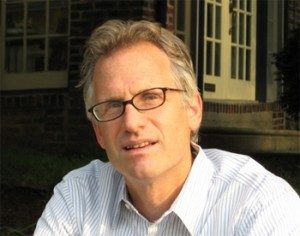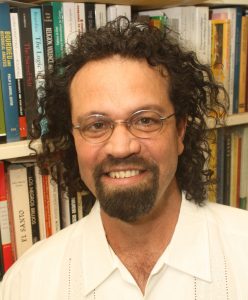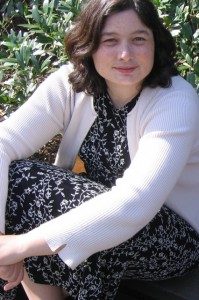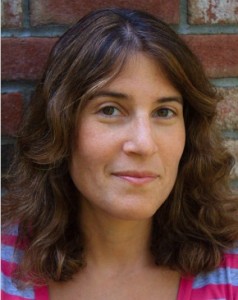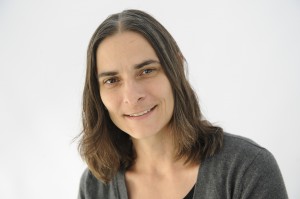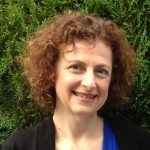A deadly fire raced through the Imperial Food Products factory in Hamlet, North Carolina on the morning of September 3, 1991. As the fire raged, employees found themselves trapped behind chain-locked exits, which led to the deaths of 25 people. The fire was big news. I was living in Philadelphia at the time and I can remember news reports and descriptions of desperate people frantically trying to escape.
Historian Bryan Simon was in a doctoral program at the University of North Carolina in 1991 and he often drove through Hamlet on his way to visit the research archives at the University of South Carolina. Birthplace of jazz great John Coltrane, prize-winning reporter Tom Wicker, and former Philadelphia Eagles Pro Bowl wide receiver (and current Eagles radio color commentator) Mike Quick, Hamlet had been a prosperous railroad junction through the first half of the 20th century until the railroads went into decline. By the 1980s, the city government and its inhabitants were desperate to bring new businesses to town. It was during this time that a Pennsylvania company processing chicken parts into chicken tenders moved to Hamlet.
Bryant Simon’s most recent book, The Hamlet Fire: A Tragic Story of Cheap Food, Cheap Government, and Cheap Lives (The New Press, 2017), as the subtitle indicates, is about much more than a tragic fire. Instead, Simon uses Hamlet as a microcosm to examine the larger economic and political forces that have transformed the United States. Where policy makers were once focused on creating an economy that produced high manufacturing wages, starting in the 1970s they increasingly turned their attention to an economic model of low wages and cheap products. The fire at Imperial Food Products are part of this story.
I spoke to Bryant Simon on January 23, 2018.

